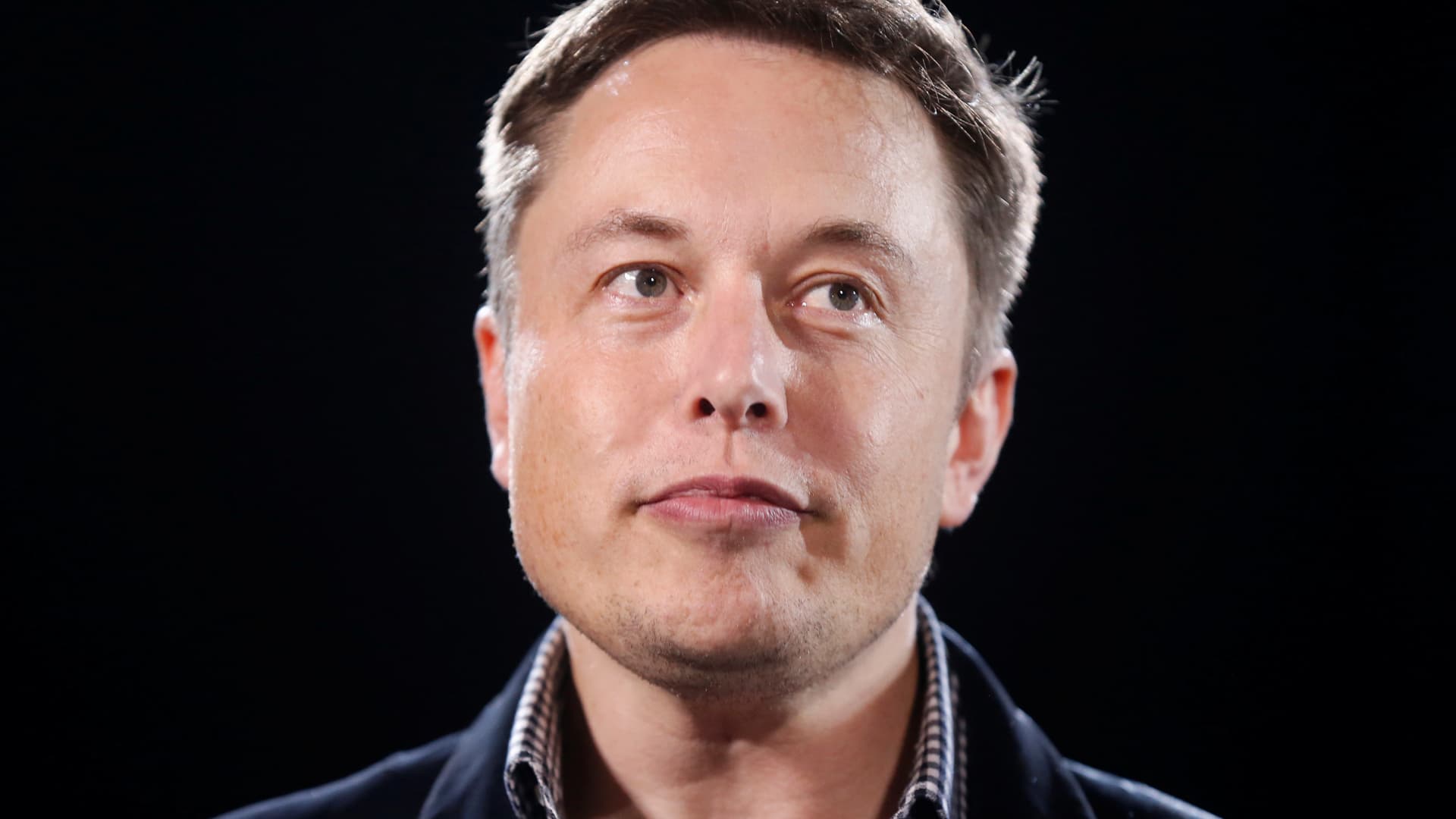Products You May Like
Elon Musk’s bid to acquire Twitter might have an undesirable side-effect for the billionaire: adding yet another large company to his jam-packed schedule.
The Tesla and SpaceX CEO has offered to buy every Twitter share he doesn’t already own — 90.8% of the company — in a deal worth roughly $43 billion, according to a regulatory filing disclosed on Thursday. The deal would add another of the world’s largest companies to Musk’s ownership portfolio: Tesla and SpaceX are already a trillion-dollar company and a multibillion-dollar company, respectively.
Musk also owns two smaller start-up ventures, Neuralink and The Boring Company.
Even if Musk successfully purchases Twitter and declines to name himself CEO, it’s highly likely that he’d want to influence the company’s day-to-day operations, potentially leading to a serious time crunch for the world’s richest person. And while running three businesses simultaneously isn’t unheard of — Musk, who’s Neuralink’s CEO, already does it — leading three of the world’s largest companies all at once is nearly unprecedented.
Here’s some good news for Musk: It’s been done before. The bad news is that the most recently known executive to attempt the feat was none other than Carlos Ghosn, the former CEO of Nissan and Renault, and ex-chairman of AvtoVaz and Mitsubishi.
Ghosn actually held top roles at all four companies for a spell, and was running three of them in 2018 when he was arrested in Japan over allegations of financial misconduct. Ghosn infamously fled to Lebanon, which has no extradition treaty with Japan, where he resides today as an internationally wanted fugitive.
In 2014, Ghosn told LinkedIn VP and editor and chief Daniel Roth in an interview that the key to his ability to run so many companies at once was to avoid multitasking. At the time, he said, his schedule was arranged more a year in advance — and whichever country he was in would determine which company he focused on.
“I don’t mix the different responsibilities, because I just want to make sure the different teams in charge feel responsible and there is no confusion between the different companies,” Ghosn said.
Musk may feel differently. During a SXSW panel in 2018, he said he effectively split his time between his various ventures by hiring a strong team and allocating responsibilities appropriately to them. That way, he said, “almost all of my time is spent on engineering and design.”
A leadership time-share might feel familiar for Twitter: Co-founder Jack Dorsey served as CEO for both Twitter and his other start-up, payments company Square, from October 2015 to November 2021. Reportedly, Dorsey had a time management strategy of his own: He blocked off the same times every week for leadership and employee meetings.
“I like having a lot of repetition in my schedule,” Dorsey told Fast Company in 2016. “It allows us to see how we’re actually growing, rather than randomness, which hides that.”
Ironically, when Dorsey initially took on both roles, Musk advised him against the decision. “I wouldn’t recommend running two companies,” Musk said at the 2015 Vanity Fair New Establishment Summit. “It really decreases your freedom quite a lot.”
The news of Musk’s filing comes over a week after the billionaire’s status as Twitter’s largest outside shareholder, owning 9.2% of the platform, was revealed. The next day, Twitter offered Musk a position on their board, with the caveat that he couldn’t own more than 14.9% of the company’s outstanding stock. Five days later, the company reported that Musk had declined the position.
In the filing disclosed on Thursday, Musk — who has more than 81 million Twitter followers — said his motivation for buying the company is to unlock Twitter’s “extraordinary potential” to be “the platform for free speech around the globe.”
“…and I believe free speech is a societal imperative for a functioning democracy,” his note in the filing reads. “However, since making my investment I now realize the company will neither thrive nor serve this societal imperative in its current form. Twitter needs to be transformed as a private company.”
Thursday afternoon, hours after his bid for Twitter was published, Musk said at the TED2022 conference in Vancouver that he was “unsure” if his attempt would succeed. He noted that had a backup plan, but didn’t specify what that plan entailed.
Sign up now: Get smarter about your money and career with our weekly newsletter
Don’t miss:
Here’s how much power Elon Musk actually has at Twitter now — and what he might do with it
